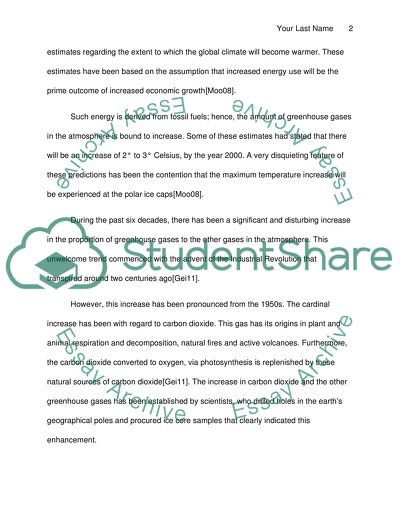Cite this document
(“Impact of Kyoto Protocol Across Countries Research Paper”, n.d.)
Retrieved from https://studentshare.org/environmental-studies/1603101-research-paper-about-environmentdetail-attached
Retrieved from https://studentshare.org/environmental-studies/1603101-research-paper-about-environmentdetail-attached
(Impact of Kyoto Protocol Across Countries Research Paper)
https://studentshare.org/environmental-studies/1603101-research-paper-about-environmentdetail-attached.
https://studentshare.org/environmental-studies/1603101-research-paper-about-environmentdetail-attached.
“Impact of Kyoto Protocol Across Countries Research Paper”, n.d. https://studentshare.org/environmental-studies/1603101-research-paper-about-environmentdetail-attached.


